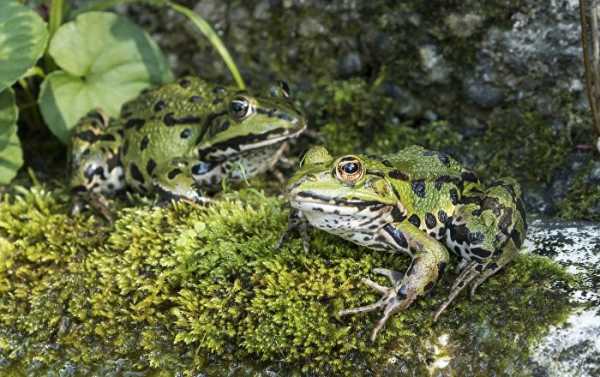
More than 200 amphibian species have gone extinct or nearly extinct due to a deadly fungus which scientists have recently traced back to the Korean War.
The dangerous fungus responsible for killing frogs, toads and newts is known as Batrachochytrium dendrobatidis (Bd) also known as chytrid fungus. It spreads quickly in the wild, resulting in catastrophic mortality and declines in some species, while others are less affected, according to the journal Science.
The fungus causes a disease called chytridiomycosis, which attacks the animal’s skin, upsetting their ability to regulate water and electrolyte levels, which leads to heart failure.
Scientists have recently made some findings that led them to believe that the fungus originated in the Korean peninsula sometime in the 1950s. According to them, human activities inadvertently spread it across the globe, leading to amphibian fatalities across the Americas, Africa, Europe and Australia.
The fungus can infect at least 695 different species, and has devastated populations around the world. It has caused the near extinction of midwife toad populations in the French Pyrenees.
Chytrid fungus destroyed the Dutch fire salamander populations by more than 99 percent within a span of just 3 years from 2009 to 2012.
“Biologists have known since the 1990s that Bd was behind the decline of many amphibian species, but until now we haven’t been able to identify exactly where it came from,” said Simon O’Hanlon with the department of infectious disease epidemiology at Imperial College London, the journal Science reported.
According to the scientist, the pathogen’s spread could have occurred from any one event, from a cumulative number of events, or maybe some big anthropogenic events like the Korean War.
The scientific publication also offers “strong evidence for a ban on trade in amphibians from Asia, due to the high risk associated with exporting previously unknown strains of chytrid out of this region.”
Sourse: sputniknews.com






